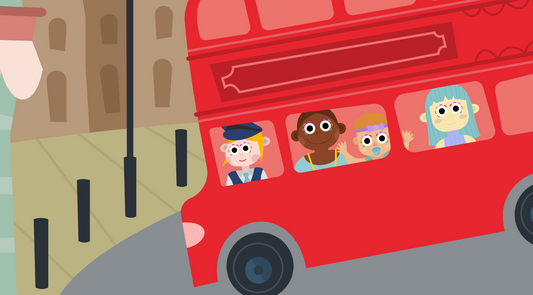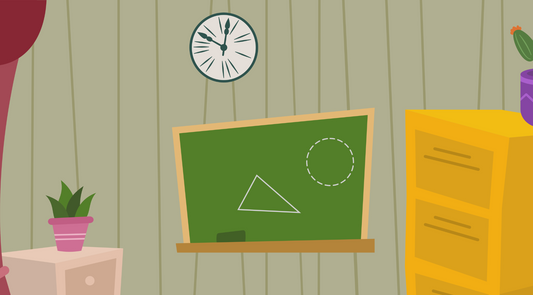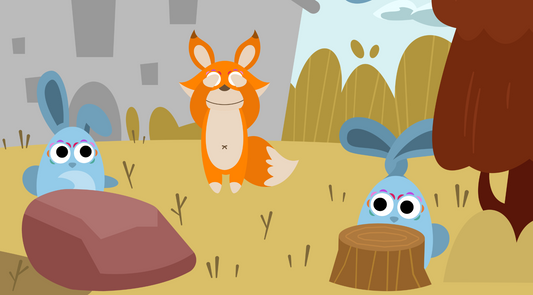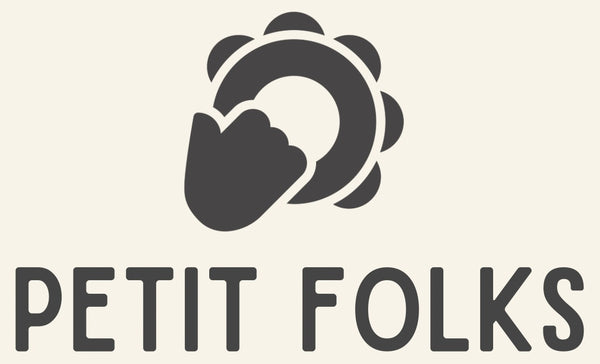Music in the learning process
Music, rhythm and dance are something innate to children and an environment in which they feel safe, uninhibited and in which they can have a good time. And it is, therefore, a very powerful tool when it is used for learning, already from an early age, of linguistic, cultural knowledge, habits... music allows you to get to know yourself!
Music is one of the most used tools in schools - both in nursery and primary schools - and also in the early introduction of foreign languages to children. It is so because it allows to explore language, body movement, interaction with others and the use of the whole body and all senses.
Babies’ first words are learnt through imitation. And, after 2-3 years old, toddlers keep improving their talking abilities through playing. Music is the best playground for both learning processes. In addition to learning a language based on accent, rhythm and intonation, music allows to incorporate a series of skills such as tuning, coordination, rhythmic and harmonic sense, creativity or improvisation, that can be used in other areas of learning.
Therefore, apart from being an artistic expression, music can be used as a pedagogical resource to promote intellectual, motor and language development in pre-school children, through strengthening cognitive processes such as memory, attention, perception and motivation.
But, while the use of songs in schools, language schools and in preschool music classes is quite common, there does not seem to be a unique common model when using songs to learn. And this is even more obvious in the family sphere, where there seems to be no free-screen tool except for traditional song books.
And it is, above all, in the family environment where the repetition of songs, as a playful tool, can help children to work and strengthen these capabilities outside the school environment.
So, we asked ourselves a question: How can we use songs for this learning process, taking advantage of this wonderful tool known (and liked) by everyone that is music?
We found the answer in traditional songs: known by everyone, adults and kids, and a great tool for learning a language and working on oral and body expression. This is why nursery and primary schools use them regularly.
We set ourselves a challenge: to create a tool based on traditional songs for the discovery and learning of sonority, language and vocabulary in early childhood (0-6 years), through the use of different objects and always from the point of view of play.
For this purpose, we created a visual sensory world, based on the songs that children already learn from early-ages, in a format that they can interact with freely, without screens or books, moving away from rigid formats.
We want Petit Folks to promote their independence with a plaything that is designed to be at their service, where children access and choose the song and what to do with it.
Discover more on our blog
View all-

An idea for the first day of school?
The first day of school can feel a bit overwhelming.For some, it’s their very first time. For others, a new year full of changes.And yes, there are nerves—even when they’re...
An idea for the first day of school?
The first day of school can feel a bit overwhelming.For some, it’s their very first time. For others, a new year full of changes.And yes, there are nerves—even when they’re...
-

Back to school (no magic formulas, but with songs)
Is there a perfect formula for going back to school?Spoiler: nope. The theory says the best thing is to gradually return to routines: bring bedtime forward, adjust sleep, get materials...
Back to school (no magic formulas, but with songs)
Is there a perfect formula for going back to school?Spoiler: nope. The theory says the best thing is to gradually return to routines: bring bedtime forward, adjust sleep, get materials...
-

Ideas to Make the Most of 15 Free Minutes with ...
We know life can be hectic, and there’s often not enough time to dedicate exclusively to our little ones. But did you know that even those small moments—just 10 or...
Ideas to Make the Most of 15 Free Minutes with ...
We know life can be hectic, and there’s often not enough time to dedicate exclusively to our little ones. But did you know that even those small moments—just 10 or...



